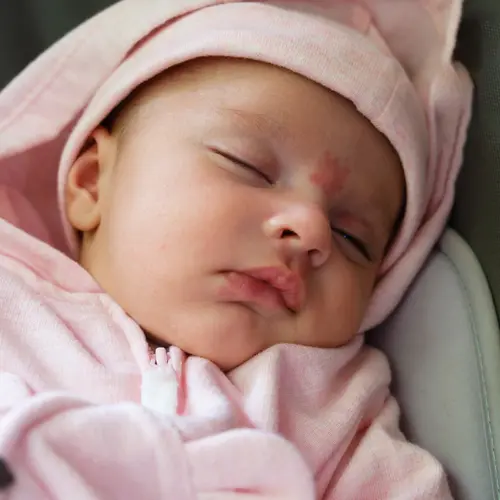Solar urticaria is a rare allergic reaction to sun exposure. The condition causes an itchy rash or hives that appear on any skin that has been exposed to the sun. The more skin that is exposed to sunlight, the more serious the reaction will be.
There is no cure for solar urticaria. It is a chronic condition that requires daily management, often by staying out of the sun. For some people, protective clothing is sufficient, but other people have to avoid sunlight.
What Are the Symptoms of Solar Urticaria?
The symptoms of solar urticaria are a sudden onset of a rash or hives (solar dermatitis). It may only take a few moments of sun exposure to trigger a reaction. The reaction will usually be confined to skin that is exposed to sunlight. Solar dermatitis symptoms include:
- Blisters or hives
- Many tiny bumps that may merge into larger raised patches
- Pain or itching
- Redness
- Scaling, crusting, or bleeding
In addition to skin symptoms, some people report other symptoms, such as headache, fatigue, nausea, changes in heart rate, and breathing. Symptoms can become worse if large areas of the skin are exposed to sunlight. In rare cases, solar urticaria can lead to anaphylaxis, a potentially life-threatening condition.
The symptoms of solar urticaria usually begin to fade after exposure to the sun ceases. The rash typically clears up within 24 hours, as long as you don’t have additional sun exposure.
What Are the Causes of Solar Urticaria?
It’s not clear what leads to solar urticaria. Experts believe that it’s an immune reaction. Your immune system mistakenly identifies sun-affected cells as foreign cells. That triggers a histamine reaction, leading to redness, inflammation, itching, and other symptoms.
People of any race can develop solar urticaria, though it is more common in people with lighter skin. It most frequently develops in adults in their mid-30s, and it is more prevalent in women than men. People with other allergies or skin sensitivities may be more likely to develop the condition.
Solar urticaria is very rare. There are only more than 650 cases that have been described worldwide.
What Is the Treatment for Solar Urticaria?
Once you develop solar urticaria, it is usually a lifelong condition. There is no cure for solar urticaria. Preventing sun exposure and managing symptoms are the principal treatments.
Avoid sun exposure. Keeping your skin from direct sun exposure may reduce the frequency of reactions. You can wear clothing that is tightly woven and covers your chest, arms, and legs. Wide-brimmed hats and sunglasses can protect your face. You may be most comfortable staying indoors or in the shade during very sunny times of day.
Sunscreen. Wearing sunscreen may protect your skin from some sun exposure. Researchers have found that UVB rays are more likely to trigger a reaction, so you should look for sunscreens that block those rays. Sunscreens that physically block or reflect the sun may be more helpful than chemical sunscreens, which are formulated to block UVA rays. Ingredients such as titanium and zinc are often effective at deflecting UVB rays and preventing solar urticaria reactions. You should reapply sunscreen frequently while you are outdoors.
Antihistamines. Because solar urticaria is an allergy, allergy medicine can be helpful in controlling outbreaks. Antihistamines control the release of the histamine that causes rashes and inflammation in sun-exposed skin. Your doctor will suggest the medication that will be the most effective. You may need a dose that is higher than usual, so be sure to ask your doctor about the appropriate dosing.
Phototherapy. Your doctor may suggest using phototherapy (short controlled exposures to light) to build a tolerance to the sun. This therapy utilizes the same principle as allergy shots, where you get tiny doses of allergens to desensitize you to them over time. You will need photo-testing to determine how different wavelengths of light affect you. Your doctor will then develop a course of slowly increasing treatments to raise your tolerance for sunlight.
Asthma medication. Some medications that control asthma are helpful for controlling solar urticaria.
Immune therapy. If the standard treatments don’t have the desired effect, you may need immune-suppressing medications to stop the histamine reactions. Research shows that infusions of immunoglobulins or plasma exchange are also helpful for controlling solar urticaria.
In rare cases, solar urticaria goes away completely. Researchers estimate that 15% of people with solar urticaria have a spontaneous recovery 5 years after diagnosis. The likelihood of spontaneous recovery increases to 25% after 10 years.
Managing solar urticaria is complicated. It can have a significant negative effect on your quality of life, since avoiding daylight makes normal activities difficult. Talk to your doctor if you find that your mental health is suffering due to solar urticaria. They can help you find support.

